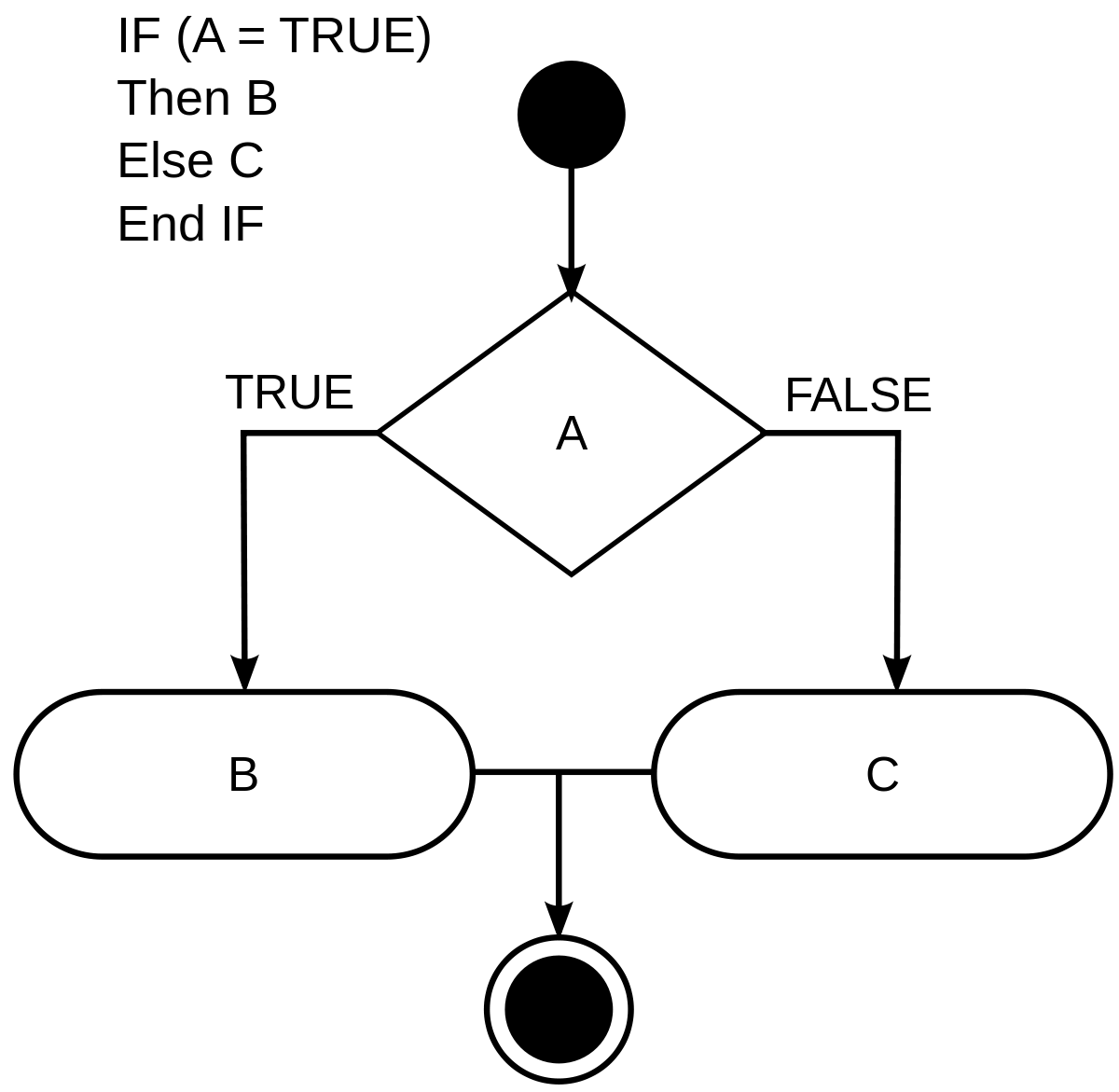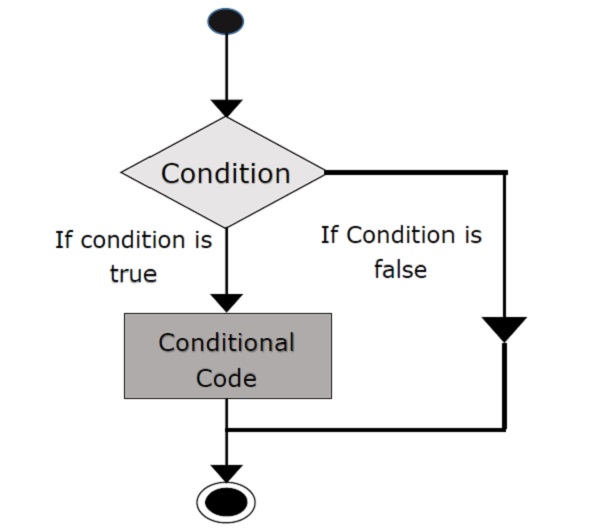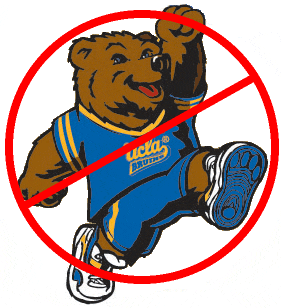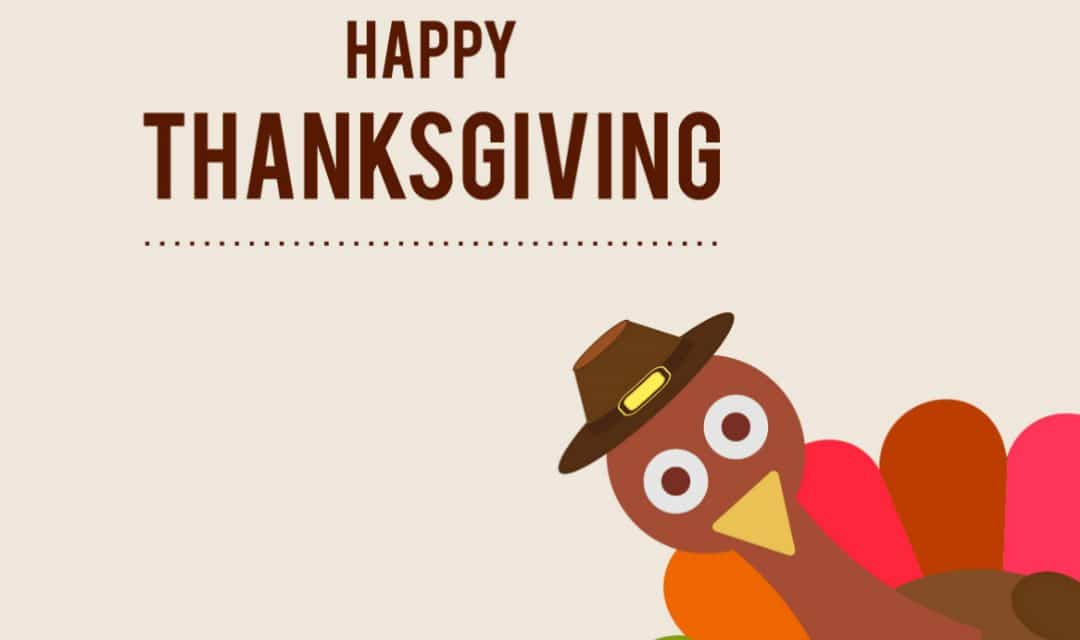|
AP Computer Science Principals
Big Ideas
- Creativity
- Abstraction
- Data and Information
- Algorithms
- Programming
- The Internet
- Global Impact
Computational Thinking Practices
- Connecting computing
- Creating computational artifacts
- Abstracting
- Analyzing problems and artifacts
- Communicating
- Collaborating
Computer Science: The New Literacy
Whether it’s 3-D animation, engineering, music, app development, medicine, visual design, robotics, or political analysis, computer science is the engine that powers the technology, productivity, and innovation that drive the world. Computer science experience has become an imperative for today’s students and the workforce of tomorrow.
The AP Program designed AP Computer Science Principles with the goal of creating leaders in computer science fields and attracting and engaging those who are traditionally underrepresented with essential computing tools and multidisciplinary opportunities.
Rigorously Developed
In development since 2008, AP Computer Science Principles was created with significant support from the National Science Foundation. The College Board worked with more than 50 leading high school and higher education computer science educators who piloted the course at their institutions. This rigorous process of development and testing has yielded a course that not only reflects the latest scholarship in the field, but provides students with a relevant and engaging learning experience.
Over 90 colleges and universities have stated their support for the course, with the majority anticipating they will award college credit for high exam scores.
|
|
|
AP Computer Science Principals

Code.org- AP Computer Science Principals Syllabus
Mr. Burrill's Course Syllabus
---Class Links---
Code Studio - App Lab - Blown to Bits - Nimbus Screencast
CSP Unit 5 - Building Apps ('19-'20)
This unit continues the introduction of foundational concepts of computer programming, which unlocks the ability to make rich, interactive apps. This course uses JavaScript as the programming language, and App Lab as the programming environment to build apps, but the concepts learned in these lessons span all programming languages and tools.
| Day 24 |
Unit 5- Lesson 1: Buttons and Events |
Today's Agenda-
- After Test- Move On!!!
- Callback function - a function specified as part of an event listener; it is written by the programmer but called by the system as the result of an event trigger.
- Event - An action that causes something to happen.
- Event-driven program - a program designed to run blocks of code or functions in response to specified events (e.g. a mouse click)
- Event handling - an overarching term for the coding tasks involved in making a program respond to events by triggering functions.
- Event listener - a command that can be set up to trigger a function when a particular type of event occurs on a particular UI element.
- UI Elements - on-screen objects, like buttons, images, text boxes, pull down menus, screens and so on.
- User Interface - The visual elements of a program through which a user controls or communicates with the application. Often abbreviated UI
- Video: Introduction to Design Mode
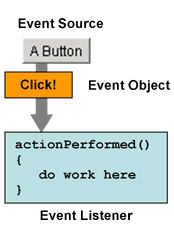
|
|
| Day 25 |
Unit 5- Lesson 2: Multi-Screen Apps / Lesson 3: Building an App: Multi-Screen App |
Today's Agenda-
- Quiz
- Debugging - Finding and fixing problems in an algorithm or program.
- Event-driven program - a program designed to run blocks of code or functions in response to specified events (e.g. a mouse click)
- Event handling - an overarching term for the coding tasks involved in making a program respond to events by triggering functions.

|
|
| Day 26 |
Unit 5- Lesson 4: Controlling Memory with Variables
/ Lesson 5: Building an App: Clicker Game
|
Unit 5 Chapter 1 Test Next Class (14 code.org Questions)
Today's Agenda-
- Mrs. Cox Student Survey
- Introduction to Variables Part 1 Video
- Introduction to Variables Part 2 Video
- Data Type - All values in a programming language have a "type" - such as a Number, Boolean, or String - that dictates how the computer will interpret it. For example 7+5 is interpreted differently from "7"+"5"
- Expression - Any valid unit of code that resolves to a value.
- Variable - A placeholder for a piece of information that can change.
- == - The equality operator (sometimes read: "equal equal") is used to compare two values, and returns a Boolean (true/false). Avoid confusion with the assignment operator "=",
- Global Variable - A variable whose scope is "global" to the program, it can be used and updated by any part of the code. Its global scope is typically derived from the variable being declared (created) outside of any function, object, or method.
- If-Statement - The common programming structure that implements "conditional statements".
- Local Variable - A variable with local scope is one that can only be seen, used and updated by code within the same scope. Typically this means the variable was declared (created) inside a function -- includes function parameter variables.
- Variable Scope - dictates what portions of the code can "see" or use a variable, typically derived from where the variable was first created. (See Global v. Local)
Unit 5 Chapter 1 Test Next Class (14 code.org Questions)

|
|
| Day 29 |
Unit 5- Lesson 8: Boolean Expressions and "If" Statements
|
Lesson 8: Boolean Expressions and "If" Statements
Today's Agenda-
- Turn in "Will it crash?"
- write and use if statements in JavaScript by debugging common problems, solving simple problems, or adding conditional logic into an existing app or game.
- Boolean - A single value of either TRUE or FALSE
- Boolean Expression - in programming, an expression that evaluates to True or False.
- Conditionals - Statements that only run under certain conditions.
- If-Statement - The common programming structure that implements "conditional statements".
- Selection - A generic term for a type of programming statement (usually an if-statement) that uses a Boolean condition to determine, or select, whether or not to run a certain block of statements.
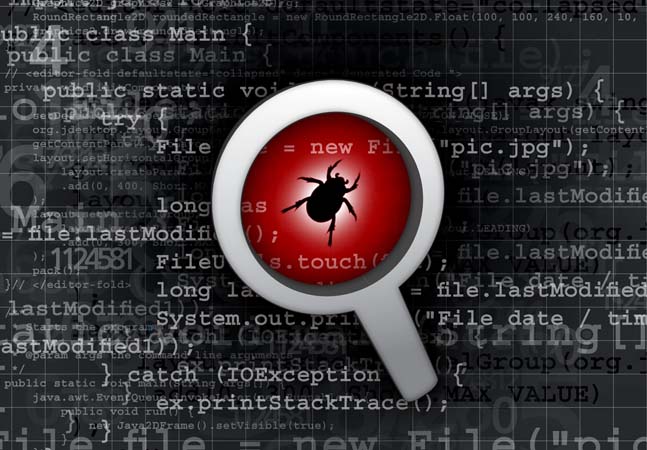
|
|
| Day 34 |
Lesson 14: Building an App: Image Scroller
|
Lesson 14: Building an App: Image Scroller
Today's Agenda-
- 3 Points Completion Credit
- Key Event - in JavaScript an event triggered by pressing or releasing a key on the keyboard. For example: "keyup" and "keydown" are event types you can specify. Use event.key - from the "event" parameter of the onEvent callback function - to figure out which key was pressed
- Unit 5 Assessment 3- Next Class!
|
|
| Day 36 |
Lesson 16: Functions with Return Values / Lesson 17: Building an App: Canvas Painter
|
Lesson 16: Functions with Return Values / Lesson 17: Building an App: Canvas Painter
Today's Agenda-
- 3 Points Completion Credit
- Return Value - A value sent back by a function to the place in the code where the function was called form - typically asking for value (e.g. getText(id)) or the result of a calculation or computation of some kind. Most programming languages have many built-in functions that return values, but you can also write your own.
- Canvas - a user interface element to use in HTML/JavaScript which acts as a digital canvas, allowing the programmatic drawing and manipulation of pixels, basic shapes, figures and images.
- Key Event - in JavaScript an event triggered by pressing or releasing a key on the keyboard. For example: "keyup" and "keydown" are event types you can specify. Use event.key - from the "event" parameter of the onEvent callback function - to figure out which key was pressed.
- Unit 5 Assessment 4- Next Class!
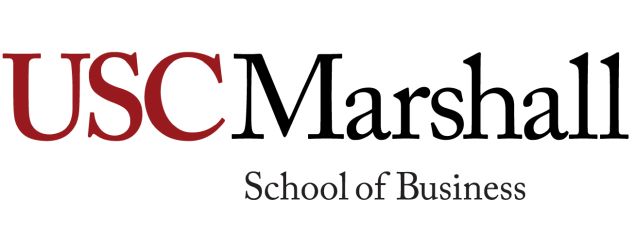
|
|
Continue - Create Performance Task
|
|
© WRWEBHEADS.COM |
|






